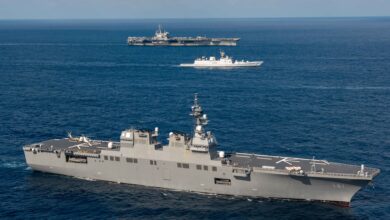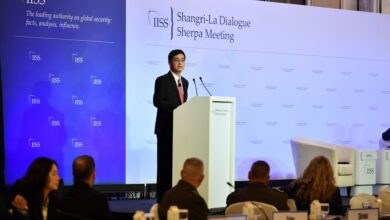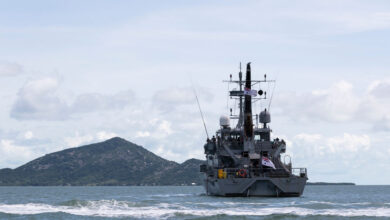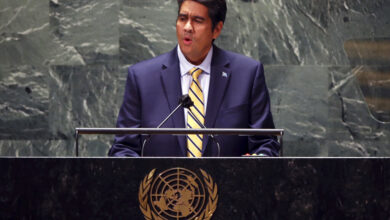Assessing Asia’s Infrastructure Needs

The Associated Press
Looking out at bumper-to-bumper Monday morning traffic crawling along the Philippine capital’s main avenue, taxi driver Ranilo Banez shook his head in frustration.
Congestion has gotten so bad as the economy grew, he said, that a 10-kilometer trip that once took 30 minutes can stretch to two hours.
“We lose so much,” said Banez, 64. “We waste a lot of gasoline and time.”
The Philippines is far from alone. The outpouring of support for a Chinese-led bank to finance infrastructure highlights a gap in Asia’s success story: From power-starved India to Thailand’s overburdened railways, developing economies face a shortage of basic facilities so severe that it threatens to hold back growth and living standards.
Manila and other cities are choked with construction sites for office and apartment towers. Spending on roads, railways and other unglamorous but essential infrastructure collapsed after the 1997 financial crisis and has yet to recover.
“The catch-up they need to do is still considerable,” said Ramesh Subramaniam, deputy director general of the Asian Development Bank’s Southeast Asia department.
If spending fails to pick up, “then this could possibly have an impact on future growth,” he said. “Certainly it is going to reduce the competitiveness of the countries in the region.”
That gap has given Beijing a chance to assert its ambition to be a regional leader and fueled a diplomatic alms race.
On top of its planned infrastructure bank, which 57 countries want to join, the government of Chinese President Xi Jinping has launched initiatives to improve road, rail and sea links.
Japan joined Washington in staying away from the Chinese bank. Instead, Tokyo responded in June 2015 by announcing its own credit package of U.S. $110 billion for the region.
The Asian Development Bank has estimated that developing Asian economies need to invest U.S. $8 trillion in the decade through 2020, or 80 times the planned U.S. $100 billion capital of Beijing’s bank.
India is set to pass China this year as the world’s fastest-growing big economy. To keep that up, its government said, the nation of 1.2 billion people needs to spend U.S. $1 trillion on infrastructure in the five years through 2017.
Prime Minister Narendra Modi called in May 2015 for India to speed up building “all projects that will ensure a modern infrastructure backbone.”
India’s most ambitious initiative is the U.S. $100 billion Delhi-Mumbai Industrial Corridor Project. It calls for creating seven industrial cities, high-speed railways, six airports and three sea ports.
Nationwide, the government said India needs 450 new coal-fired power plants. It also plans a U.S. $10.2 billion high-speed train to link Mumbai, the financial capital, with Ahmedabad, an industrial city to the north.
In Vietnam, the ruling Communist Party in June 2015 approved a proposal for a U.S. $15.8 billion second airport for its business capital, Ho Chi Minh City.
To meet power demand that rises by 10 percent a year, state media said Vietnam needs to spend U.S. $50 billion in the decade through 2020 and another U.S. $75 billion during the next decade. They put Vietnam’s spending needs for highways at U.S. $22.5 billion in 2015-20.
Thailand has a 3 trillion baht (U.S. $92 billion) building plan for 2015-22 that includes high-speed train routes that eventually will stretch from China in the north through Malaysia in the south to Singapore. It calls for expanding seaports and Bangkok’s commuter trains.
In the Philippines, President Benigno Aquino III in May 2015 approved U.S. $1.4 billion in spending for commuter rail in Manila and other projects. That brought the total for infrastructure investment to U.S. $31.8 billion since Aquino took office in 2010.




